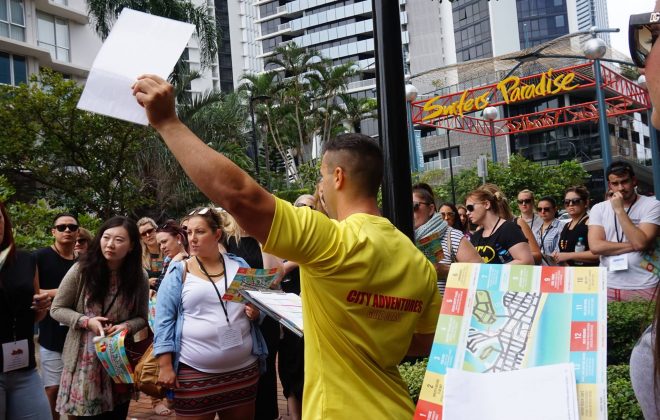Importance of Team Building in Organisations
Team building is a collective word for a variety of activities used to develop social relations and describe roles to be carried out by teams, often linking respective tasks. It is distinct from team training, which is premeditated to advance the efficiency, rather than interpersonal relationships. Many activities for team building have the intention of exposing and dealing with interpersonal issues. Team building is one of the groundwork of organisations for overall development.
Importance of team building
i. Improving communication
Team building is useful for breach barriers of communication between individuals through group involvement. People who are used to working alone get an opportunity to involve themselves in a group and work as a team. Working through a mission, the collection of skills among the team members is pointed out, and the group gains new ways of working as one. Activities for team building that put emphasis on communication allow team members to understand for themselves the significance of good communication.
ii. Develop Team Roles
Any member of a team has roles one is best at; for example, some are good delegating responsibilities and accomplishing goals, while others are more skilled when it comes to checking for errors. Team building gives a chance to each participant of the team to grow and concentrate on what they are good at. This provides an opportunity for members of a team to find their weakness within the team so that team members can best put in effort while working as a team.
iii. Development of skills
In institution facilities, it’s tough for one to get time to grow their abilities. Managers frequently do not have the opportunity to discover their employees’ additional skills. Team building activities, therefore, allow members of a team with the chance to take charge and polish their leadership skills as well as expertise in other areas of their profession.
iv. Gain long-term benefit
Over time, team building activities can benefit individuals to gain skills for small businesses. These include ability to capitalize on profitability by allowing people to better merge their skills to attain more, meeting challenges and being able to respond to them effectively, retaining the best workers by giving everyone an opportunity to get involved and have a feeling of belonging. Lastly, empowering team members to become more mission-oriented and accomplish more within a short period, thus saving resources and time.
v. Develop better relationship
Team building provides an opportunity to the team members to participate as one and starts at an equal level of understanding about a given mission. The modernism requires people to draw on and develop process skills to accomplish a task successfully. The challenge that comes with new experience allows employees to work together as a single unit.
Challenges to team building
I. Lack of teamwork skills: most of the employees are not team oriented; they want to work individually and thrive without having to work in partnership with others.
II. Workplace and organisational boundaries make it difficult for an individual who is not in the same locality to work together.
Conclusion
In conclusion, activities for are conducted in organisations for the members to develop their skills and learn new ones. Continuous team building activities are paramount for any organisation that wants better-working employees.
Tags In
Categories
- All (16)
- Corporate (32)
- Fitness (26)
- Fun (25)
- Goal Setting (26)
- Leadership (32)
- Recommendations (10)
- Sports (23)
- Team Building (38)
- Uncategorized (1)




